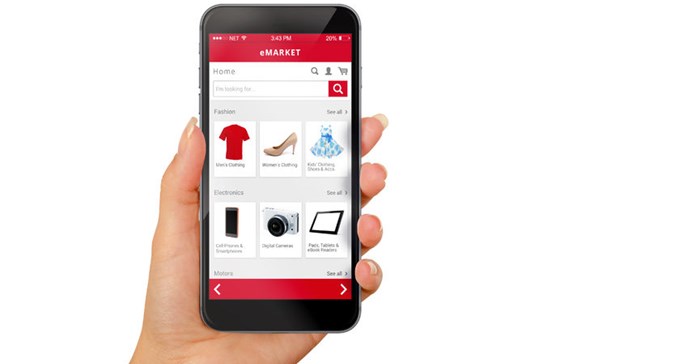
Subscribe & Follow
#AfricaMonth
Jobs
- Graphic Designer/E-Commerce retail design Johannesburg
In the news
Boom expected in SA's e-commerce market

According to Vincent Hoogduijn, CEO for Media 24’s e-commerce division, the slow adoption is more of an offline e-commerce problem than online. “The underlying reason that e-commerce is not growing as fast as it should be in SA is not due to the online experience. Retail is over-developed in SA, and it’s not helping e-commerce. The consumer doesn’t have the urgency to go online.”
South Africa’s retail density, calculated by metres of retail floor space per 1,000 inhabitants in a country, is listed as second after the United Arab Emirates, a nation that is obsessed with shopping malls. There are 32 shopping malls per million inhabitants, ranking South Africa third worldwide, after Australia and New Zealand.
Offline not so good
“The e-commerce user experience is fantastic, but the offline experience is not good enough,” said Hoogduijn. Eighty percent of the questions his company gets are related to offline customer experience. Very few people complain about the design of a website compared to people who complain about not receiving a product on time after purchasing online.
Ipsos recorded that South Africans bought R28.8 billion worth of online goods in 2015, with R9.5 billion spent outside the country.
Hoogduijn puts the rise of cross-border e-commerce by South Africans down to a lack of access to product as high-end buyers seek exclusive products overseas. Product curation and selection needs to improve, according to Hoogduijn.
Can mobile convenience turn the tide?
The groundswell of adoption is undeniable. Ipsos data released last year shows that 57% of South African internet users have shopped online in the past 12 months. Add to this the disruption of mobile phones and what social media activity has done in shaping the acceptance of engaging with brands online.
Of the expected R37 billion total online spend in 2016, also from Ipsos findings, 32% will occur on a mobile device. Experts have also noted that the current transition to mobile is happening much faster than any transition previously.
PayU’s Mel Gischen, the consumer head of PayU South Africa, said: “Social media usage in South Africa is driving mobile device obsession. This is having an impact on our levels of trust and convenience.”
Millennials will kick-start
To illustrate this, of the 13 million Facebook users in South Africa, 10 million access the website from a mobile device. Gischen believes that millennials will kick-start this upsurge as they command a commoditisation of online services. For example, *53% of millennials interviewed say all banks are the same and many are driving start-up firms to overhaul how banks work.
The digitisation of payments will play its part. As South Africans have become used to using their phones to pay for coffee and parking, the next frontier, said Gischen, is people using online payment methods more easily via their digital wallet.
According to Statista, the average mobile wallet basket size is growing at a rapid rate. A 2016 average consumer online purchase is predicted to be R272 while wallet purchases are R95. By 2020 this will be inverted to R631 for wallet purchases versus R383 for consumer online purchases without a wallet.
Gischen said: “We are now seeing innovative products being launched to capture this shift in behaviour. The focus will be on making transactions more personalised, flexible and easier for the end-user, while offering businesses the potential for more transactions and greater customer loyalty over time. The result is a seamless blend of online and offline payments for consumers. Keeping up may be a challenge, that’s why it is critical that choose the right payment provider. Some fintech operators are even starting to encroach on banks’ core business. We are watching this space eagerly.”
*Source: The future of money, Alex Rampell & Angela Strange (2015)













